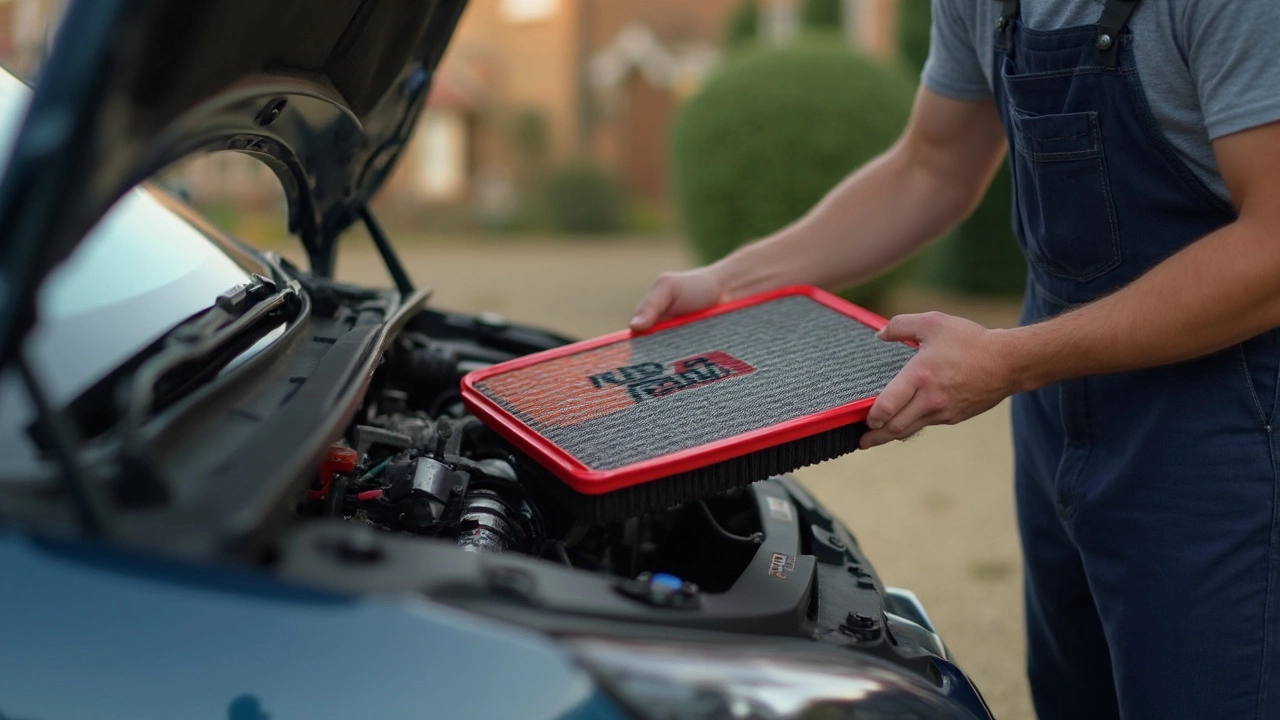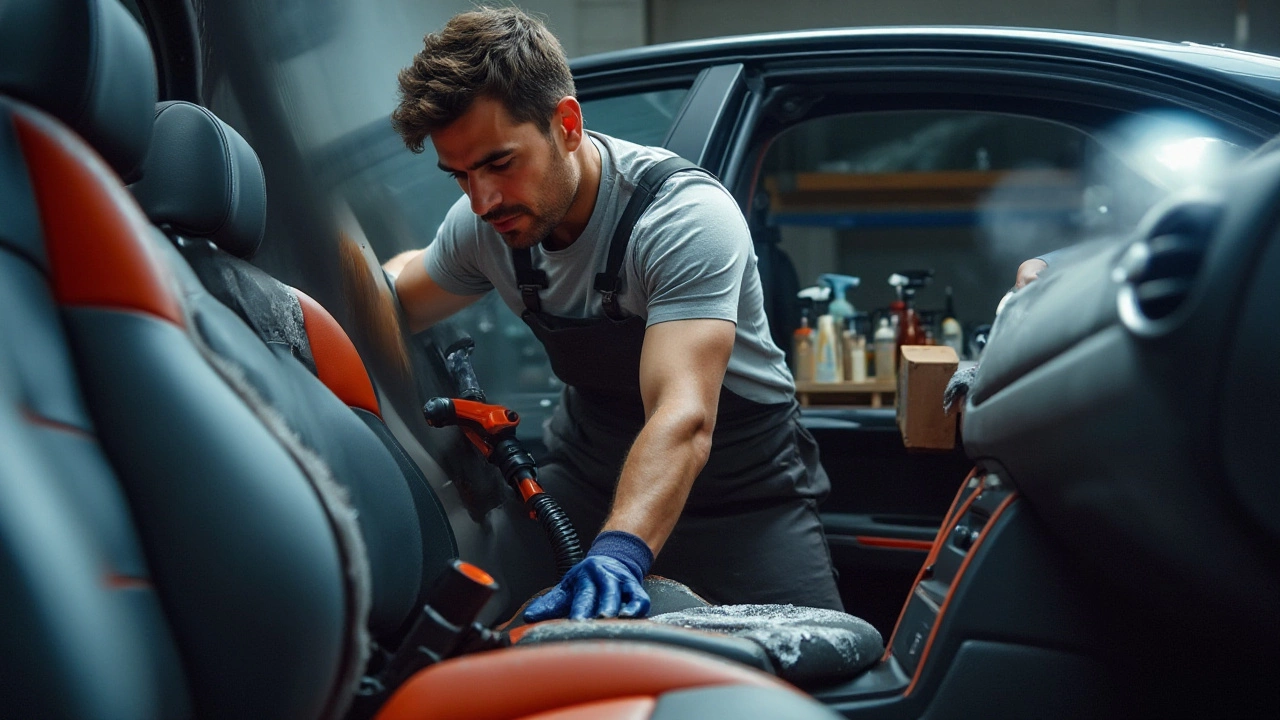Keeping a car running well doesn’t have to be a garage‑only job. With a few easy habits you can protect the paint, keep the interior tidy, and avoid costly repairs down the road. Below are the most useful tasks you can do at home, no special tools required.
Start with the wheels. Dirty rims not only look bad, they can corrode faster. Aim to clean alloy wheels at least once a month – a quick rinse, a non‑abrasive wheel‑cleaner, and a soft brush does the trick. Dry them with a microfiber towel to prevent water spots.
If you’ve got a vinyl wrap, treat it a bit differently. Use lukewarm water and a pH‑balanced wrap shampoo. Avoid high‑pressure jets; they can lift the edges. Dry with a soft cloth and keep the wrap out of direct sunlight for long‑term durability.
When it comes to paint, a basic wash‑and‑wax routine goes a long way. Use a two‑bucket method – one for soapy water, one for rinsing the mitt – to keep grit off the surface. Follow up with a coat of wax every three months; it adds a protective barrier against UV rays and road grime.
The cabin gets a lot of wear, especially if you carry kids or pets. Pro detailers rely on a set of microfiber cloths, a gentle interior cleaner, and a vacuum with a crevice tool. Focus on the dashboard, door panels, and especially the seats. For leather or premium upholstery, a leather‑conditioner spray keeps the material supple and prevents cracking.
Don’t forget the carpets and floor mats. Sprinkle a little baking soda, let it sit for 15 minutes, then vacuum. It neutralises odors and lifts embedded dirt.
Mechanically, the simplest check is tire pressure. Wrong pressure can ruin fuel economy and wear the tread unevenly. Use a digital gauge once a week and inflate to the manufacturer’s recommendation – you’ll feel a smoother ride instantly.
A quick visual inspection of the belts and hoses under the hood can spot cracks before they break. Look for fraying, glazing, or any signs of fluid leaks. If you notice anything odd, a local mechanic can give you a fast diagnosis.
Finally, keep an eye on your alignment, especially after installing wheel spacers or lowering springs. Misalignment causes uneven tyre wear and vague handling. A professional alignment once a year, or after any major suspension change, saves you money in the long run.
By adding these habits to your weekly routine, you’ll keep your car looking sharp, running smoother, and holding its value longer. No fancy jargon, just common‑sense steps you can do right at home.

K&N air filters are popular in the car world, especially with folks looking for more power and better engine sound. This article covers the real benefits, like reusable design and better airflow, alongside common downsides, such as possible issues with filtration and warranty concerns. You'll find real-world tips and examples from drivers who’ve tried them out. If you're thinking about swapping your old filter for a K&N, this breakdown will make the choice clearer. Get to know whether these filters suit your car, your driving style, and your budget.

Lowering springs are popular among car enthusiasts looking to enhance both aesthetics and handling. However, there are questions about their impact on vehicle struts. When you lower a car, it changes the dynamics of its suspension system, which can affect the struts. Understanding these changes helps in maintaining vehicle performance and avoiding unnecessary damage. This article explores the relationship between lowering springs and struts, providing insights and tips for car owners.

Discover the secrets behind professional car interior detailing in this comprehensive guide. Learn the techniques and tips that pros use to transform a car's interior from grimy to gorgeous. From selecting the right tools to handling tough stains, this article provides expert advice to help you achieve stunning results. Dive deep into techniques used by top detailers and learn how to maintain that showroom look over time. With practical insights and expert guidance, you'll master the art of car interior care.

Car detailing isn't just a quick clean-up; it's an investment in preserving your vehicle's beauty and value. The longevity of detailing can vary based on several factors including the quality of products used, environmental conditions, and how you maintain your vehicle post-detailing. This article explores how long car detailing typically lasts, offers insights into various detailing processes, and provides tips for extending the time between professional detailing sessions.